I was closing last week's article on comparison between hardwood and softwood, saying that resinous species are difficult to differentiate, but not impossible, and that I will come back with a comparison between fir and spruce. The time has come, and the comparison will concern the species that we also find in the country, namely abies alba (fir) and picea abies (spruce). Incidentally, spruce is the most widespread wood species in our country, accounting for 22% of the country's forest area, with fir accounting for only 5%.
In tree form it is easier to tell the difference between them. There are clear distinguishing features, including:
- leaves (needles), arranged on either side of the branch in fir and around it in spruce. Also, the fir leaf is whitish on the back and has a stripe that divides it in 2, whereas the spruce leaf is dark greenish and does not have that stripe. When squeezed in the palm of your hand, spruce leaves sting while fir leaves do not.
- bark, which is whitish gray in fir and reddish gray in spruce.
- the crown, rounded at the top and with horizontal branches in fir and pointed at the top and the branches drooping downwards in spruce.
- the cones, up the fir and down the spruce.
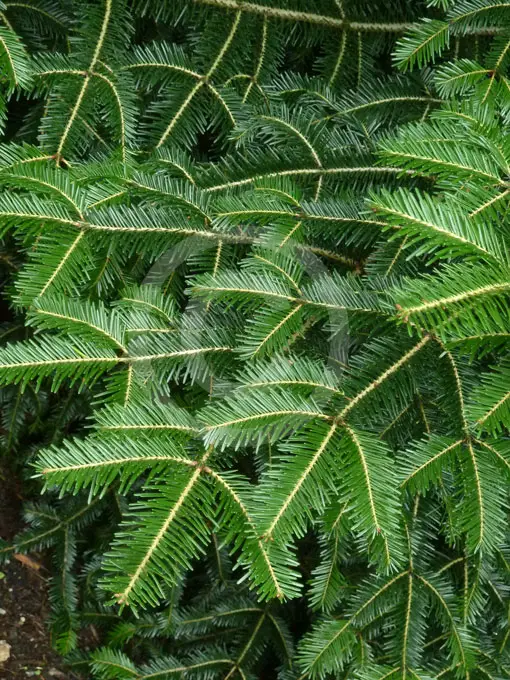
photo source: plantthis.co.au
It gets more complicated when it comes to wood, veneer or timber. If there are 2 pieces of wood and we need to see which is fir and which is spruce, it may be simpler (not much simpler), because there are differentiating elements that we will see below. It is very difficult, sometimes impossible without the help of a microscope or at least a very good magnifying glass, to identify whether the piece of timber in your hand is fir or spruce.
The first element that differentiates the species is color. By comparing two pieces of tangentially cut timber, we see that the fir is a grayish-white color, with shades of gray and reddish-gray,
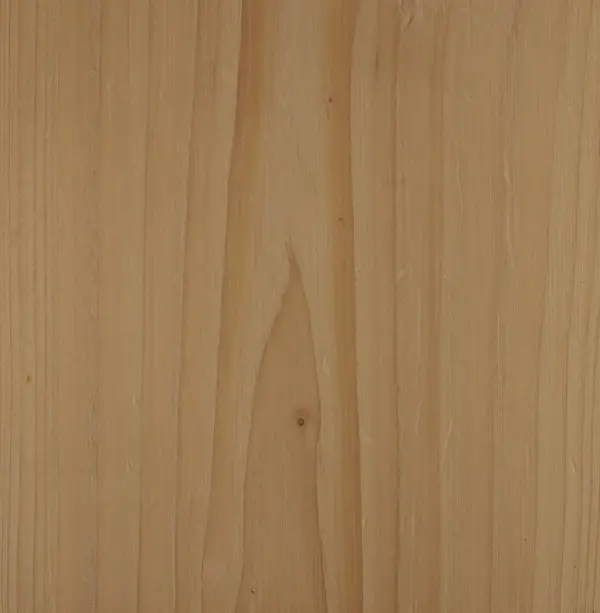
photo source: fld.czu.cz
and spruce is whitish to yellowish, a color that darkens over time.

photo source: fld.czu.cz
In section, both have distinct annual rings, but the transition from latewood to earlywood is gradual in spruce
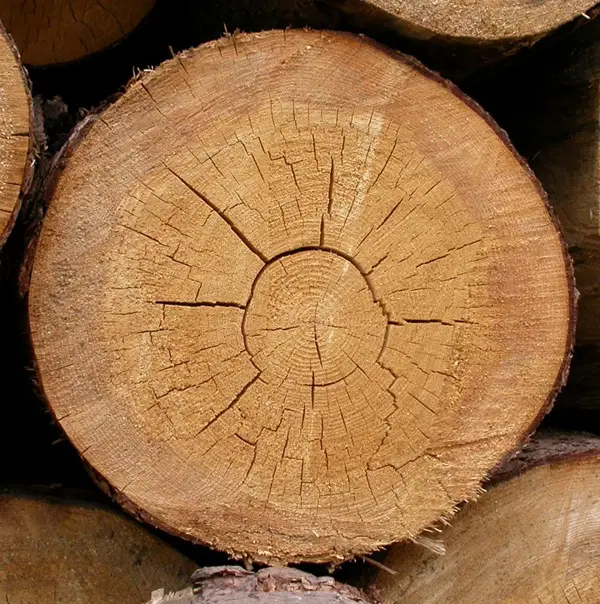
photo source: fld.czu.cz
and semigradual to fir.
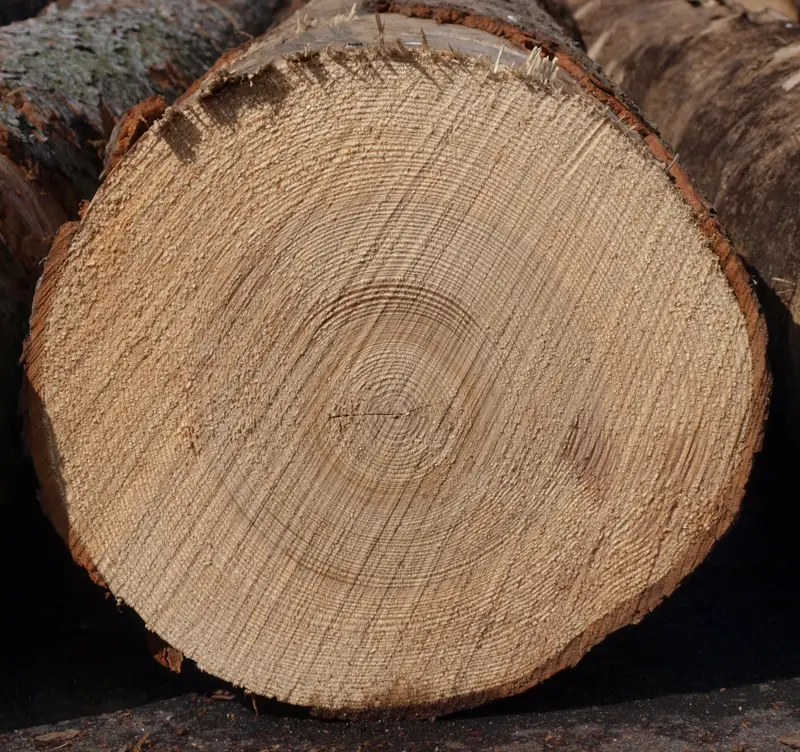
photo source: fld.czu.cz
What fundamentally distinguishes them, however, and is the most important element of identification, is the presence of the resiniferous canals, which are hardly visible to the naked eye. In the microscopic image, however, we observe their presence in spruce

photo source: wood-database.com
and absence from the fir tree.

photo source: wood-database.com
In cross-section, the grooves are seen as small bright dots in the late spruce, and in longitudinal section as short lines. Sometimes in the resin canals those resin pockets are formed which are so troublesome in production that the option of removing them is chosen. In fir, the resin exists only under the bark, but it can accidentally appear when the tree suffers mechanical trauma, as a way of healing the wound. When cut, the spruce gives off a pleasant resinous odor, which you don't smell when cutting a fir tree.
The grain of both is straight and even, finer in spruce and medium in fir. Both are easy to work, both by hand and mechanically, and can be finished without major problems. One problem may be the knots, which are quite numerous in spruce and some are loose. From an aesthetic point of view, however, knots can add value and their presence is appreciated by many.
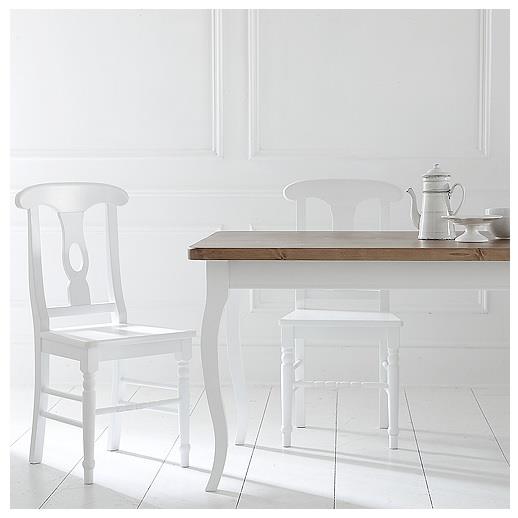
photo source: by-quadra.ro
In fir there may be some staining problems when staining due to the looser fiber. When staining with ordinary stains, both species stain negatively (the darker, later wood absorbs less and becomes lighter and vice versa, so the image after staining is like the negative of a photograph).
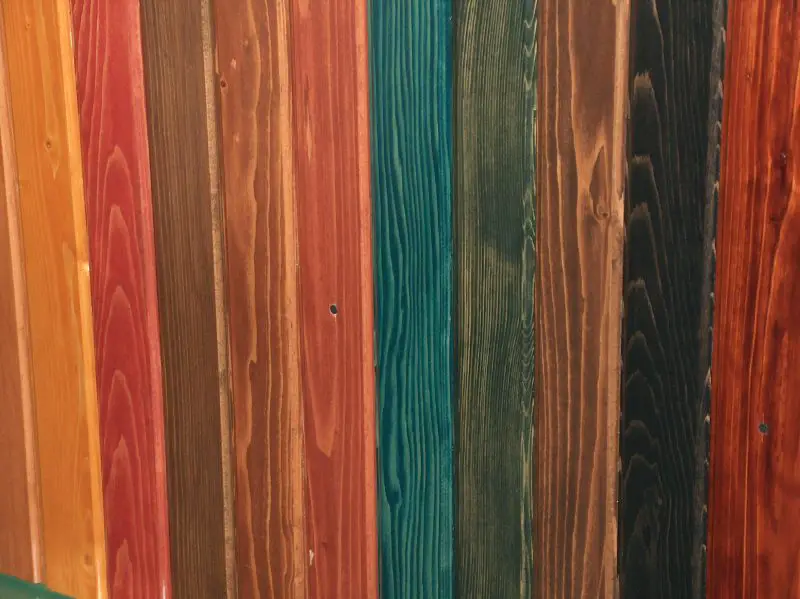
photo source: revistadinlemn.ro
Both species are used for paper, wood-based panels (plywood, chipboard, MDF) or as Christmas trees. They are used in construction, both for structural strength,

photo source: wisegeek.com
as well as the total construction of a log house
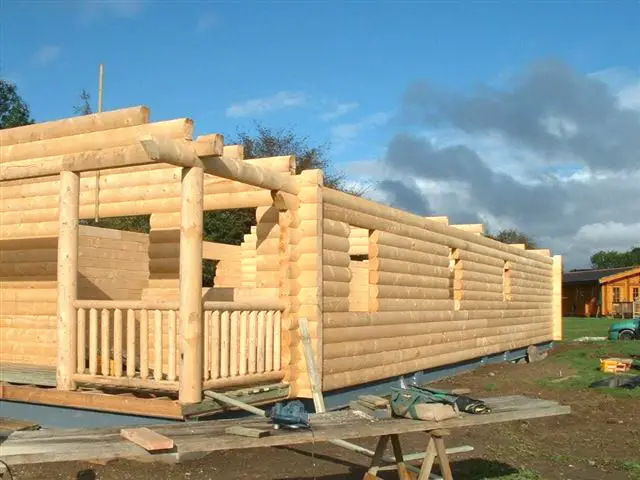
photo source: springriverloghomes.net
or beams
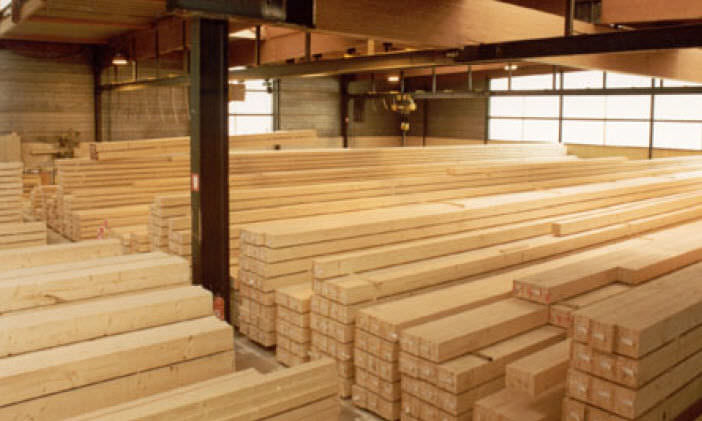
photo source: archiexpo.com
and processed elements.
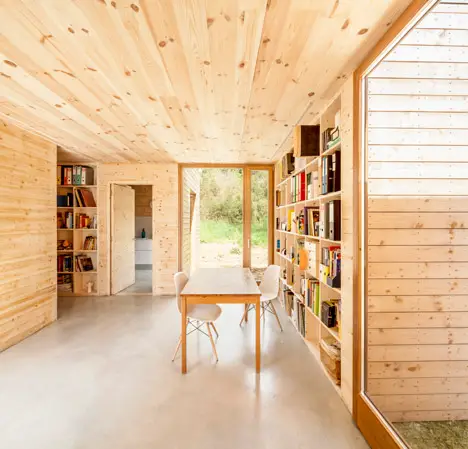
photo source: dezeen.com
Fir and spruce wood can be used to make doors, windows, as well as fences and arbors. Fir behaves very well outdoors and is very little affected by humidity.
Spruce, unlike fir, is used to make musical instrumentsas resonance wood. Spruce is used to make sound boxes for violins, violas and guitars.

photo source: traugottquitars.com
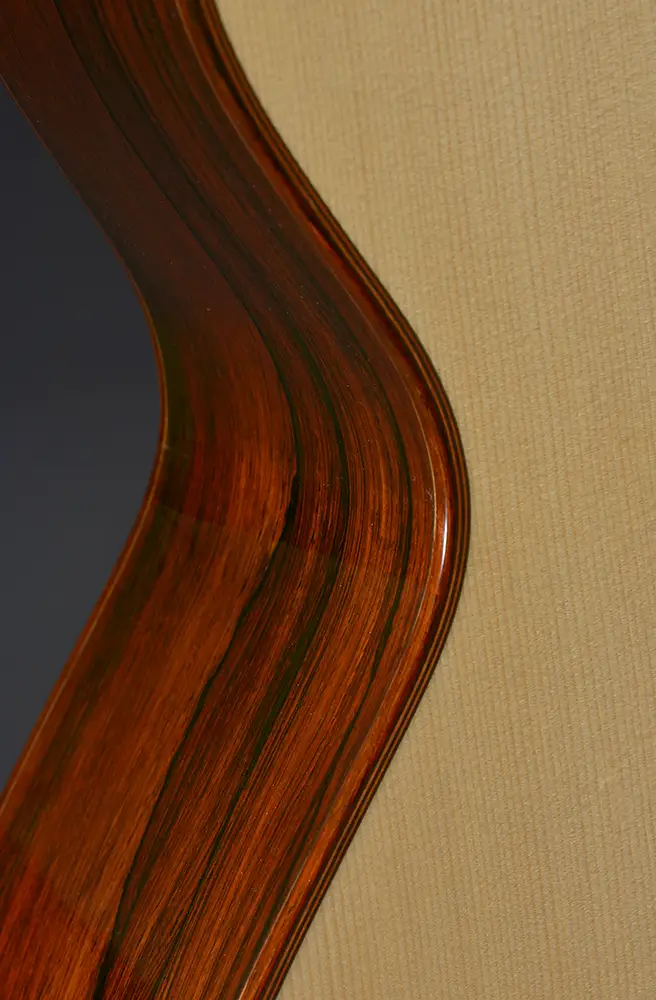
photo source: traugottguitars.com
Although pine is most commonly used for furniture worldwide, both fir and spruce are used successfully. At least in our country, where spruce is in plentiful supply, quite a lot of furniture is made from it.

photo source: teiserhof.com
I was saying that the fir is more honed and because of this, no matter how well sanded, you don't get very good quality surfaces to get a great finished piece of furniture. However, when it comes to designer furniture, anything is possible.
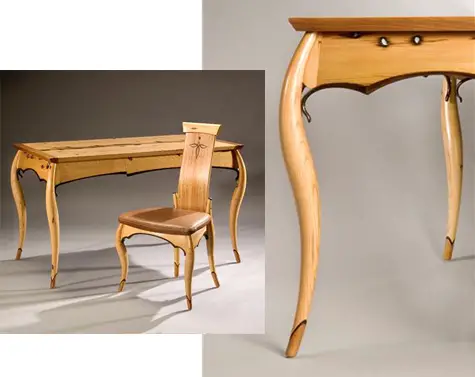
photo source: finewoodartists.com
In conclusion, spruce and spruce are quite similar. The most important elements for identification are color and the presence or absence of resin canals. I hope that when you are faced with the task of recognizing them, the above information will be helpful.

























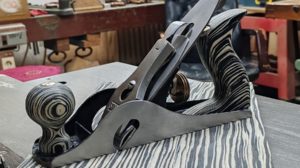
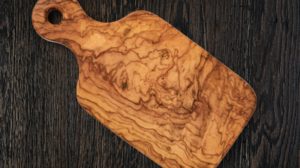
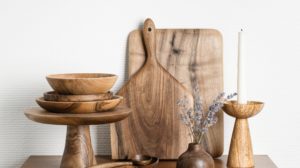
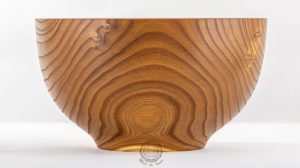
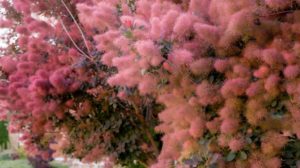

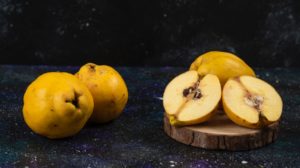
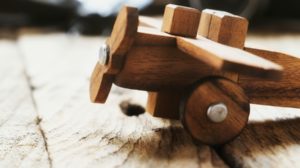



Thanks a lot for the article! I want to buy some pieces of furniture made of spruce wood for my living room and I really wanted to learn and learn about this wood.
How well does the required area hold up? Does it darken quickly?
Thank you!
Softwoods darken over time, they turn yellow. Wax finishing does not protect it against this yellowing. Depending on where the furniture is (closer to the window, or in a more protected place), it will yellow faster or slower, but it all happens quite quickly (i.e. we're talking months).
Well done, hats off, a very nice article that is worth reading and not at all boring, with descriptions and descriptive pictures well arranged and easily percipient for anyone.
I as a person working in the marketing field, so with little knowledge in engineering respectively and less about the structure of wood, accessing this article I did it only because of the identification with the help of the internet of the difference between fir and spruce needed for a small construction of my own in the future (wooden tree house for children), which was achieved thanks to you, thank you for your comment.
I also congratulate you for the fact that the premise of the article is a passion for wood and not any commercial intent, being very sure that the information in the article is based on a multitude of studies in the field started from the "thirst for knowledge" and thus are shared with other people with "thirst for knowledge"
Thank you...
Nice article !Clear, concise, well presented even for the hard of hearing like me, who have been walking in the mountains for so long and have not given importance to the two essences, although in the house we have panelling made by my husband, who wanted to chew with his hand all the elements of the joint without nails, and I collect annually fir buds / twigs (spruce) for cough syrup.
I would have liked to see these small differences, i.e. their buds, I had entered the site to find the difference between the buds of the two species, because it is said that fir buds are those with efficacy in coughs, colds, not spruce. Is that so? Now I'm really confused. What kind of buds have we been picking for so long?
Therefore I have to look for the two species, by the colour of the trunk and the type of needles, feel them and smell them, of course also in this detail there should be differences when making cough syrup.
But for the canopy, I knew that it is advisable to be made of pine, to resist in time, humidity ! What a comforting detail, isn't it !?
with great respect,
stefana
Glad I could be of service. From now on the cough syrup will definitely be as it should be. 🙂
As for the coparseu, I think it's okay if we're still wrong. Until then let's choose well.
Thank you for your appreciation.
All the best!
Mihaela
Hello, I would like to know where I could get a board (a set) of spruce and fir to try building a violin.
Thanks Daniela
Hello!
Small quantities of wood - different species - can be found at Holver.
All the best!
Don't forget to subscribe to the printed Wood Magazine! For only 58 lei/year you can find out news in the field, discover craft ideas or trade secrets. We remind you that the content in the printed magazine is different from the one on the website. Details in the link below.
Thank you!
https://revistadinlemn.ro/product/abonament-revista-din-lemn/
I own a solid wood desk from Juniororban, but I am unhappy as any nail or scratch becomes visible, is the wood used too soft?
what varnish/paint should I use to protect it?
thanks in advance!
Hello.
The species of wood used is too soft (lime, poplar, spruce) or the finish is not scratch resistant (wax, oil, varnish without resistance).
You can paint with a chemically hardening varnish (type A+B). The most resistant are solvent-based polyurethane varnishes, but there are also water-based varnishes that are quite resistant. It's good to know what kind of finish it has because, if it's wax, no finish (except wax) has adhesion.
To make sure that the new finish sets you will need to remove the old coat by sanding or with paint stripper, then apply the resistant lacquer.
All the best!
[...] itself is a sandwich composed of three layers, two outer layers made of spruce wood and one inner layer of OSB plywood [...]